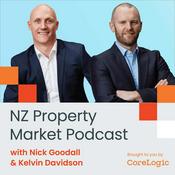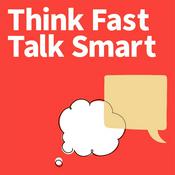Available Episodes
5 of 536
- 3 Costs of Leadership from Kirby Smart | 5 Minute Friday--------3:37
- A Day in the Life of an Owner--------53:40
- Choose the Hard RIGHT Over the Easy WRONG | 5 Minute Friday--------4:15
- An Owner Speaks (ft. Nick Berndt)--------1:05:56
- Big Problems | 5 Minute Friday--------4:23
More Business podcasts
Trending Business podcasts
About Construction Brothers
Eddie and Tyler Campbell are 6th generation builders who currently own a virtual building and modeling company called ABSI. Each week, Eddie and Tyler will explore ideas both directly and indirectly related to the construction industry. Thanks for listening to the Construction Brothers podcast! Find us wherever you listen!
Podcast websiteListen to Construction Brothers, The Curve and many other podcasts from around the world with the radio.net app

Get the free radio.net app
- Stations and podcasts to bookmark
- Stream via Wi-Fi or Bluetooth
- Supports Carplay & Android Auto
- Many other app features
Get the free radio.net app
- Stations and podcasts to bookmark
- Stream via Wi-Fi or Bluetooth
- Supports Carplay & Android Auto
- Many other app features


Construction Brothers
Scan code,
download the app,
start listening.
download the app,
start listening.






































